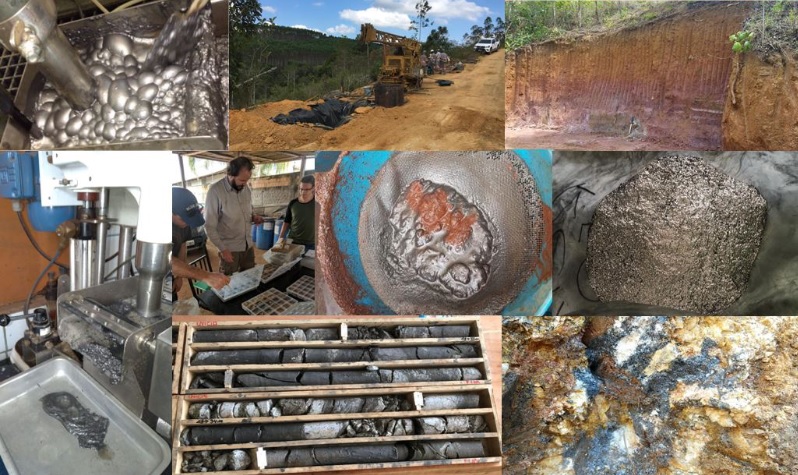South Star Mining Corp’s aim of using a filter press and eliminating the requirement for a tailings storage facility at its Santa Cruz graphite project in Bahia, Brazil, has been given a boost following positive bench scale test results.
The Toronto-listed company said it had received positive results for the laboratory bench scale filtered tailings tests performed on two simulated tailings samples from Santa Cruz. Two tailings samples (+325 mesh and -325 mesh) were generated and tested in laboratory facilities in Belo Horizonte, Brazil, it said.
Five scenarios were completed for the leaf filter tests with various solids densities, feed rates, vacuum pressures, and cake thickness:
- -325 mesh sample at 10% solids;
- -325 mesh sample at 10% solids at higher feed rate and vacuum pressures;
- -325 mesh sample at 20% solids;
- -325 mesh sample at 20% solids with minimized cake thickness, and;
- +325 mesh sample at 10% solids.
The tests resulted in cake with humidity varying between 23% to 35% and cycle times ranging from 19:23 to 49:47 minutes, according to the company. Based on the bench scale leaf tests, additional pilot tests are being performed to better quantify the range of possible solutions and also test a mixture of the +325 and -325 mesh materials to create a third sample type, the company said, adding that results of the pilot tests were expected shortly.
South Star said the goal of the testing programme was to examine the potential for altering the proposed flow sheet from the process circuit presented in the preliminary economic assessment (PEA) to include a filter press and eliminate the requirement for a tailings storage facility.
“By incorporating filtered tailings technology, the majority of the water from the tailings would be removed and recirculated and allow the dried tails to be placed together with waste rock in a co-disposal waste facility,” the company said.
South Star CEO, Eric Allison, said: “We are very pleased with these initial results from our filtered tailings test programme and their positive implications for utilising dry stack tailings at Santa Cruz for both our trial mining plant and the final full-scale facility. Co-disposal of the waste should not only reduce the project’s environmental impact, risk profile and physical footprint, but should streamline our permitting and licensing processes as well.”
The company plans to incorporate the results of the programme into the prefeasibility report scheduled for completion in the September quarter, it said.
The mid-2017 PEA on Santa Cruz outlined an indicated resource of 14.99 Mt at 2.70% Cg with 404,741 t Cg, and inferred resources of 3.57 Mt at 2.90% Cg with 103,591 t Cg. Graphite deposition at Santa Cruz is found at surface within oxidised material providing a very favourable strip ratio, and requiring no crushing or blasting, according to the company.
The PEA stated Santa Cruz has a post-tax internal rate of return of 78% and a payback period of two years. Mine planning for the existing graphite deposit outlined a 12 Mt mineable resource with a diluted grade of 2.63% Cg providing support for a 19-year open-pit mine. Life of mine average yearly production came in at 15,800 t alongside operating costs of $413/t.











